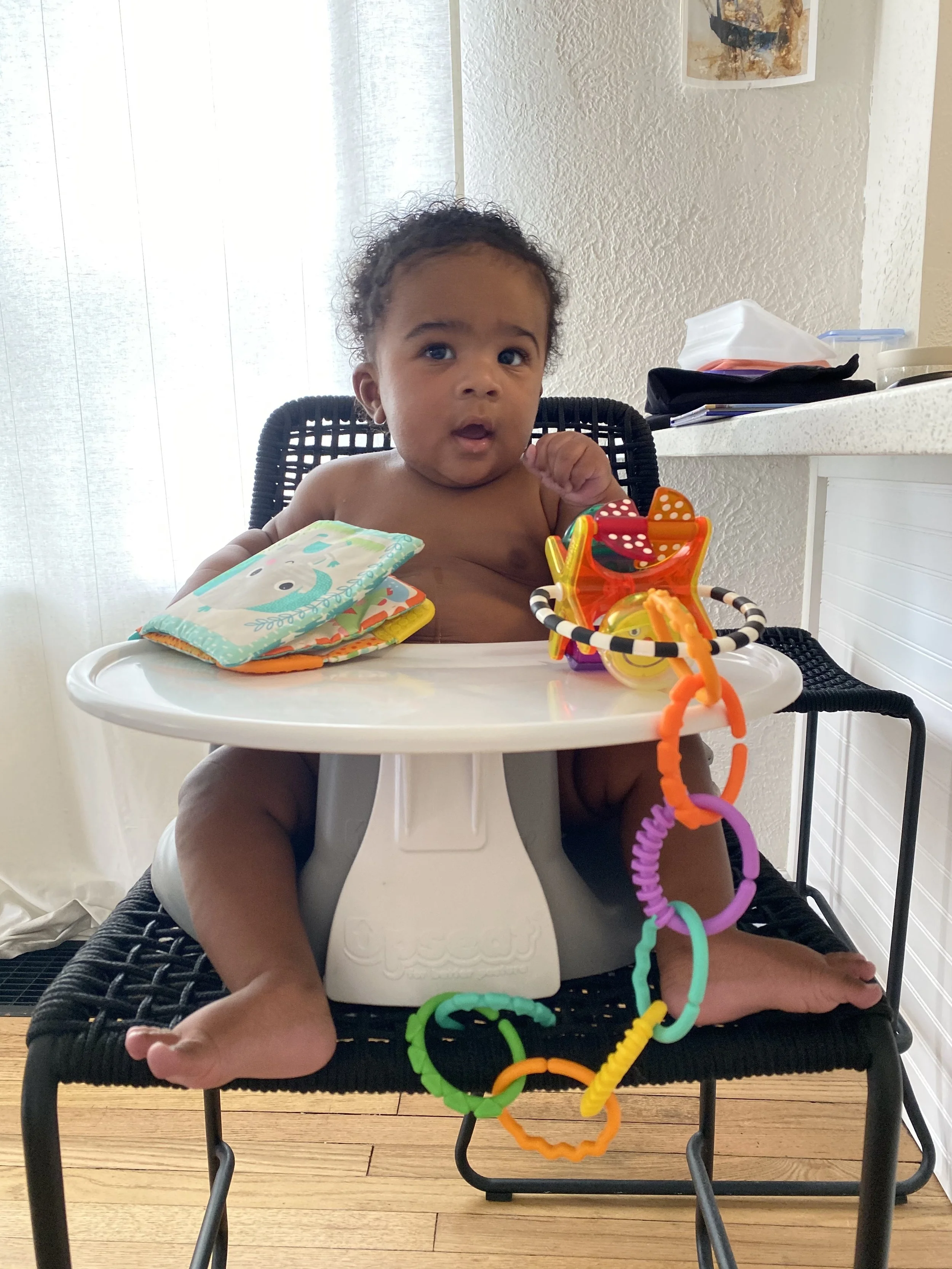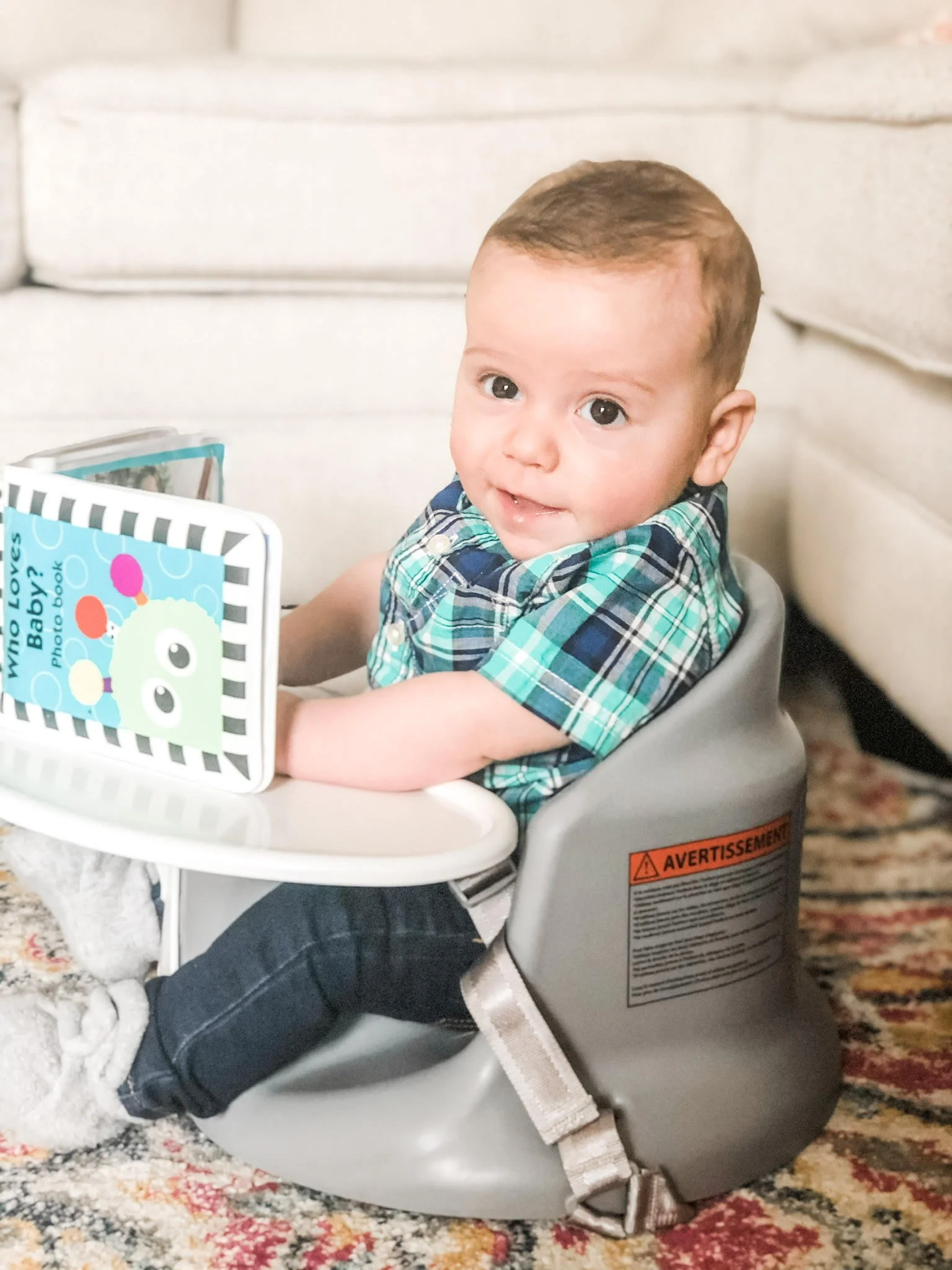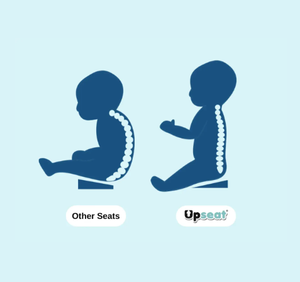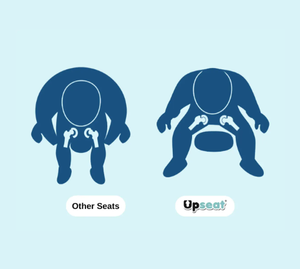Which Infant Seat is Best? A Pediatric Physical Therapist’s Guide
For more resources like this, check out these other Movement Mama posts:
0-3 Month Motor Milestones
The Best Playmats for Baby
When Can Baby Start Sitting Up?
One of the most common misconceptions I hear as a Pediatric Physical Therapist is that somehow sitting a baby in an infant seat will “teach them to sit up” ...but here is the PROBLEM: Not only are babies being put in seats before their bodies are developmentally ready, but they aren’t being given the opportunity to build the strength for sitting INDEPENDENTLY. To learn more about when your baby should be learning this crucial skill, take a look at this article before considering an infant seat.
HOW TO USE THEM: The rule of thumb for any container time is twice as much floor time as container time. This is the gold standard, if you will. So, will there be days where extreme circumstances call for more container use? Absolutely. But do you have other options on other days? 100%! And that’s how I want to encourage you. Not to place shame but to empower you with more tools to help your baby develop. Use Infant seats when baby is able to prop sit independently for 1 minute or more for activities like stabilizing their large muscle groups for practicing fine motor activities. Or when they are proficient eaters, use them as highchairs. Maybe you need to sit baby in one while big sibling’s friends are over to play to keep them safe.
What to look for: I want to give the disclaimer that as a Pediatric Physical Therapist I try to avoid recommending products that are costly or baby containers, in general. So hear me when I say—this one is worth it’s weight in gold.
-Angle of leg holes: This is important as it affects the positioning of the hips. The healthiest position for hips in this sitting position is one that allows the hips to fall apart and slightly to the side in a “ring” position. This protects against issues like hip dysplasia because it deeply seats the femur within the acetabulum, ensuring a healthy and deep hip socket. You might notice that many infant seats have a narrow position of the leg holes, yet we rarely see baby naturally sitting like that. This is one of the biggest reasons I have chosen one infant seats that surpasses all the rest.
-Width of leg holes: Are you spending money on something that will last you 2 months or nearly 2 years? The seat I adore lasts babies up to 2 years of age (and accomodates chunky baby thighs nicely). The one I recommend accompanied us to Grandma’s house and on many picnics at the park!
-Positioning of spine: You also want to ensure that when in a sitting position, your baby’s spine is as upright as possible. This allows for full functionality in the arms and upper body, as well as preventing a rounded-back posture longer than it’s developmentally appropriate. When baby’s spine is in a curved position, they aren’t able to activate their upright postural muscles, further delaying the ability to sit upright independently. Some of the alternatives on the market promote a rounded posture, which allows babies to sit in them before they are developmentally ready.
-Safety: Does the seat have buckles that strap baby in, as well as strap the seat to a chair? This is crucial for keeping baby safe!
You can see these differences illustrated in the images below.
As you can see, The Upseat takes the cake. It’s therapist-designed and Pediatric PT + Mama-approved. You can use code: THEMOVEMENTMAMA10 for $10 off! Trust me when I say—spend the extra money on this! You won’t regret it!
I shared more about the Upseat and why I’d choose this over every other option in this Instagram highlight! If you’re looking for a more in-depth explanation, check out my YouTube full review below!





